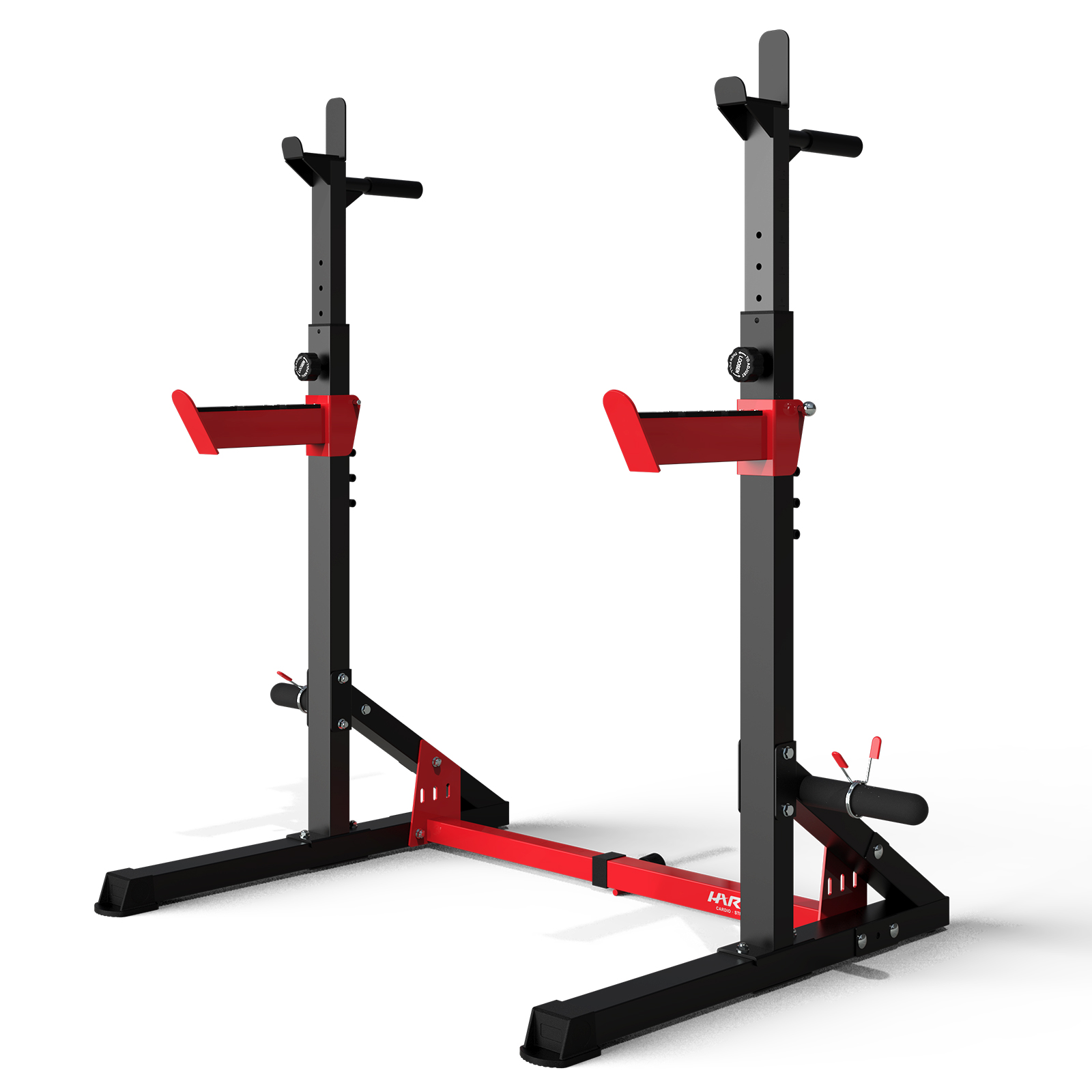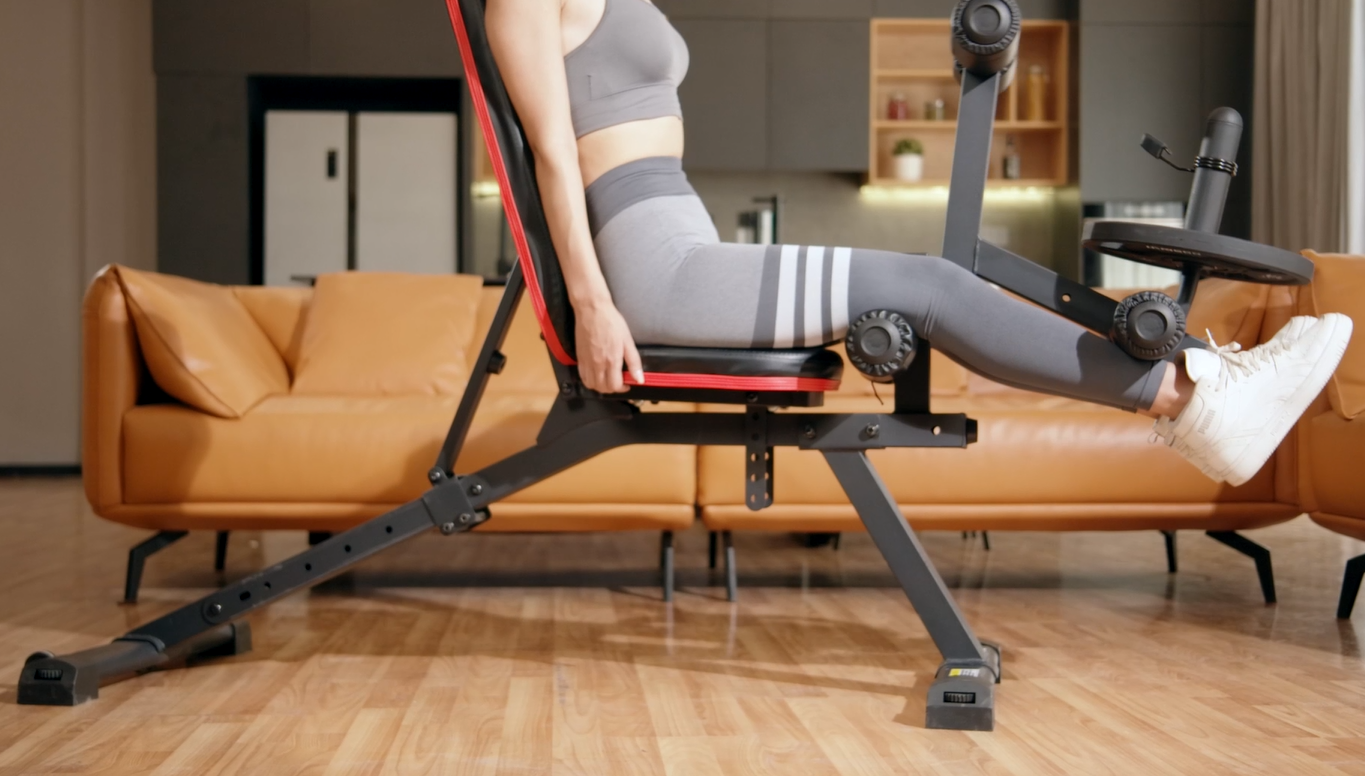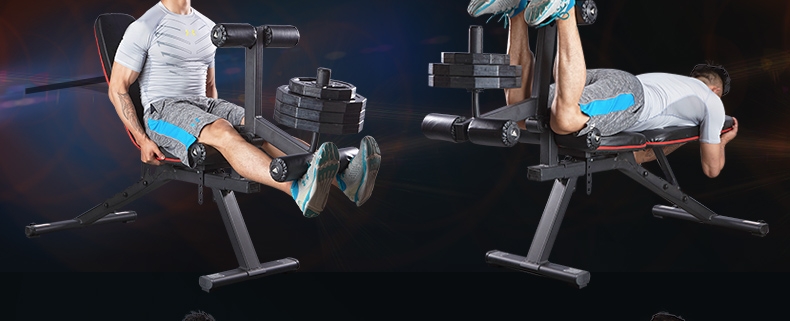Best 10 Tips for Doing Leg Extension Workout at Home
Tips for Doing Leg Extension Workout at Home
Do you want to feel your muscles working? Do you want to burn fat and build muscle? If you’re looking for a way to do this without joining a gym, then leg extension workout at home are the answer. You can do them anywhere – in your living room, on your back porch, or even in your bedroom. Leg extensions are incredibly effective for toning your thighs, glutes, hamstrings, and calves because they require strength and endurance. The key is to choose the right weight and perform the exercise properly – so that you can actually get a good workout. Here are tips on how to do leg extensions:
Use a Squat Rack
A squat rack is the best way to do leg extensions at home because it allows you to place your feet on the pins in a way that makes it easier to keep your back straight and your knees behind your toes. You can also use a leg extension machine with a barbell if you don’t have access to a squat rack, but make sure that your knees are directly below the barbell and that you don’t allow them to come above it during the exercise.

Warm Up Properly
Warm up properly with hamstring stretches before and after each set when doing leg extensions. This will help prevent injury, especially if you do them regularly over time. If you do them before, they help reduce soreness as well.
Don’t Bounce Out of Position
If you’re new to leg extensions, try not to bounce during the exercise – this will put undue strain on your lower back and could cause injury down the line if done repeatedly without proper warm-up first!
Use a Bench With Padding to Protect Your Joints
Leg extensions are a great exercise for the lower body, but they can cause problems if you do them incorrectly. Do them on a flat surface in front of a mirror to prevent strain on your spine and joints.

Place Your Feet on the Floor or Use an Incline Bench
Leg extensions aim to extend the knee past 90 degrees, so it’s important to keep your feet flat on the floor or bench. The incline position provides extra resistance, which works for more muscle groups and stretches muscles differently than regular leg extensions.
Do Not Hyperextend Your Lower Back
When you do leg extensions, don’t hyperextend your lower back and arch your back too much because this puts unnecessary strain on the discs between vertebrae (the intervertebral discs), which may cause injury over time.
Do Them Daily
Leg extensions are an explosive exercise; you will want to do them daily to keep the gains coming. Generally, it would help if you did leg extensions twice a week on non-consecutive days. This will allow your muscles to recover in between workouts and give you the most benefit from each session.
Work up Your Sets and Reps
Start with just one set of 10-15 repetitions first, then increase the number of sets as necessary until you reach your goal of total repetitions. You should feel a burn in your quads after doing just one set of leg extensions, so you know this is working! Once you feel that initial burn, build up by adding another set or two each week until you reach the desired amount of work for that particular workout.
Make Sure Your Form Is Correct
The most important thing about doing leg extensions at home is ensuring that your form is correct! If this isn’t done correctly, then there’s no way that the exercises will be effective or beneficial for muscle growth! So make sure that everything from stance to positioning.
Wrapping Up
Leg Extensions are one of the most popular exercises for strengthening your lower body. They work your quadriceps, hamstrings, and glutes. If you want to get stronger and build up your lower body, you’ll want to work with Barbells. Since they’re the strongest barbells, they’ll allow you to lift more weight than dumbbells or kettlebells. The biggest problem when doing leg extensions at home is that they don’t use enough weight. This can lead to injury or burnout because they end up feeling like a failure after not being able to do as many sets or reps as they were planning on doing at first.





Leave a Reply
Want to join the discussion?Feel free to contribute!